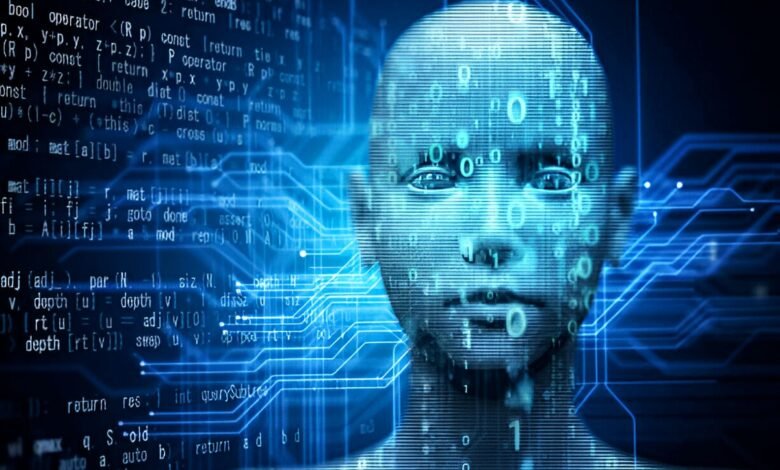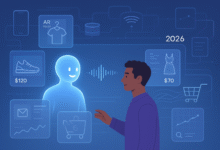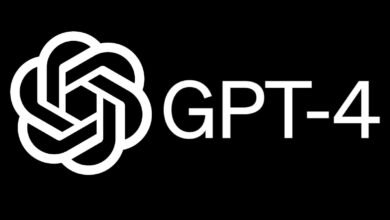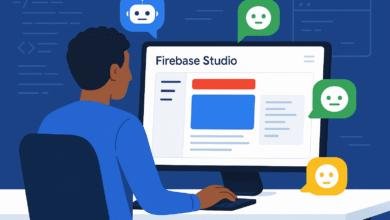Artificial Intelligence: A Friend or a Enemy?

Artificial intelligence (AI) has made a lot of developments in the past year, which has led to heated arguments about what this means for people.
Is AI the answer to all of the problems that we’ve been looking for? Time will tell.
But we can’t just watch these changes happen; we need to participate in them critically to fully understand their pros and cons.
Artificial intelligence (AI) is not just one thing; it’s a powerful set of technologies that are changing everything from healthcare to how people connect across countries.
I’ve always thought of technology as the great equalizer because it breaks down obstacles and gives everyone access to important services. But now that we’re at a technological crossroads, we need to answer a very important question: Will AI continue to be a force for fairness, or will it make the digital gap even bigger?
Recently, at the World Economic Forum in Davos and MWC Barcelona, AI was the main topic of conversation, which made it clear how important it is to have strong governance systems right away. But in all the excitement, we need to be careful not to become like the sorcerer’s student and let our creation grow out of our control.
The story is incomplete, though, without talking about how AI could be like the sorcerer’s apprentice—powerful but wild. If emerging countries like Pakistan use this power wisely, it could change the game. But if it’s not used correctly, it could be a missed chance.
Different types of businesses are already using AI in several different ways. AI is being used in a lot of different ways, from improving network speed in telecommunications to making it easier to spot fraud in fintech. Still, getting from present use to widespread adoption is not easy.
The biggest problems are building infrastructure and teaching people new skills. This is where the potential for a strong AI plan lies: one that promotes inclusion, uses cost-effective innovation, and organizes skills that are perfect for our youth. In the coming months, AI-driven progress in agritech, edtech, and Healthtech will be very important for tackling our most important problems in these areas.
However, the main problem still stands: how can Pakistan find its place in the world of AI? We need to start working on strategic and tactical projects right away.
Even though everyone is excited about how AI can change things, there is still a long way to go in removing the obstacles to its broad use in Pakistan. These include building up infrastructure and developing skills.
Over the past year, a lot has been said about AI’s promise, but there hasn’t been much-focused talk about the big problems that stand in the way of using it on a large scale in Pakistan. How can we unlock this huge potential? What are the most important steps we need to take right now?
The biggest problem with these problems is that the infrastructure isn’t good enough to support long-term AI growth. It’s hard for both businesses and universities to come up with cutting-edge solutions because there aren’t enough high-performance data centers and internet access is limited. The high cost of building the infrastructure needed for AI is the main thing that keeps people from doing it. Advanced computer clusters that can make solutions that meet global standards are needed for AI study.
This leaves a huge gap in skill development, leaving our young people to rely on low-quality tools or look for work outside of the country to keep up with technological advances. Because there isn’t a national plan for how to rule AI research, it’s spread out in many different directions, which doesn’t help with structured skill development.
This not only makes businesses less competitive but also stops the development of a strong AI ecosystem in the country. This makes the brain drain worse and the skill gap even bigger. Also, we need to think about the young people who live in rural Pakistan. How can we make AI models that are inclusive and cover everything?
We need to form a coalition around AI that is based on the Triple Helix Model of innovation. This means that the government, business, and education must work together to move AI forward. Building a local Large Language Model (LLM) as part of an indigenous GenAI platform would be a key plan. This could be the first step toward a new level of national capability. Pakistan has about 77 official languages.

It should be a top concern to keep these different languages alive. By creating a local LLM, we might be able to make it easier for people to get an education, protect the variety of languages spoken in the area, and also improve our AI skills.
This is where AI could be a threat: AI has a lot of good points, but it could also lead to the loss of languages, traditions, and even knowledge systems. These things could be pushed to the background by the world’s stories and biases that are built into AI.
This change from “Artificial” to “Augmented Intelligence” is very important. It’s about adding to human abilities with AI, not taking them away. This way of doing things is important for Pakistan’s diverse society because it makes sure that everyone can benefit from technology and no one gets left behind.











